When you break out into the robot in an attempt to woo your fellow partygoers, we doubt you're consciously paying tribute to the Italian futurists of the avant-garde. But nonetheless, without those early 20th century aesthetes, there's a chance your dance moves could have been gravely different.
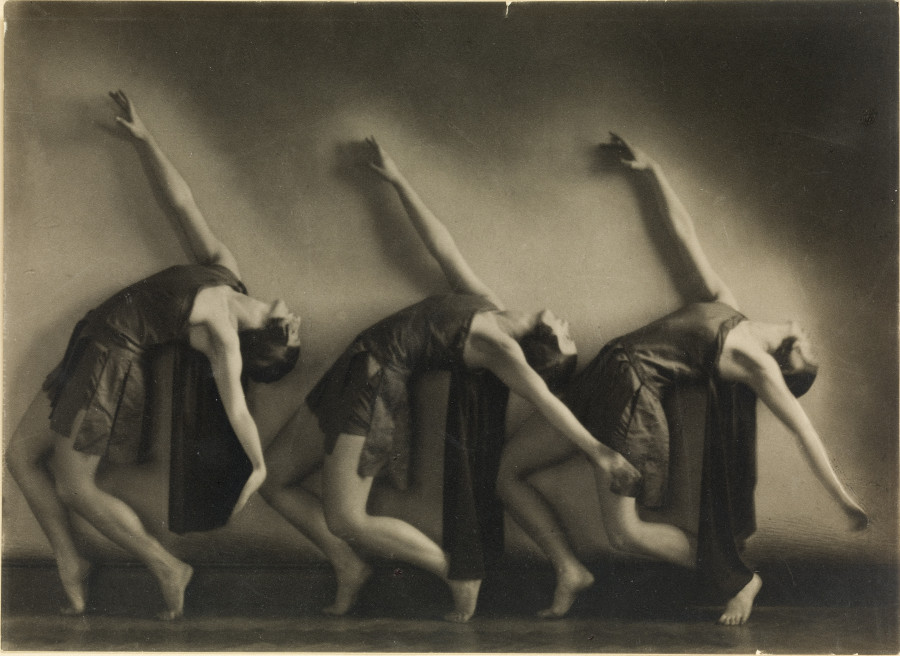
Sture Ekstrand, 1925 © Sture Ekstrand
An upcoming exhibit entitled "Dance Machines" is tracking the evolution of the relationship between man and machine, from Filippo Tommaso Marinetti's Futurist Manifesto in 1909 to Kraftwerk's multimedia electro experimentations today. Back in the early days of Dada, mechanization, order, structure and rhythm were some of the guiding principles of modern aesthetics, as forward-thinking artists shunned the paintbrush in favor of the almighty machine. Following Marinetti's futurist doctrine, artists turned toward the apparatus, the gadget, the tool and the engine to express the beauty of movement, art and life.

Eadweard Muybridge, Animal Locomotion, plate 4, 1887 © Eadweard Muybridge
Artists like Eadweard Muybridge explored the mechanization hidden beneath our everyday actions, his photographic studies of motion transforming human movement into a rhythmic, almost robotic, pattern. Fernand Léger, Aleksandra Ekster, and many others turned away from the natural landscape as a site of inspiration, opting instead for the glistening paradoxes and metallic contradictions of the urban metropolis. Ekster's "Venezia," for example, turns the modern city into a geometric explosion of flattened planes, exploring the value of the inhuman and mass-produced. Francis Picabia, who created paintings based on instruction manuals, took a different route, suggesting effective machine possessed some sort of magic beyond human capabilities.

Kraftwerk, 3-D video installation – 1 2 3 4 5 6 7 8, Techno Pop, 2013, © Copyright Kraftwerk, 2013. Courtesy Sprüth Magers Berlin London
Fast forward to 1970 when Ralf Hütter and Florian Schneider, also known as Kraftwerk, began making music in their Kling Klang Studio in Germany. The duo, often credited as the prophets of electronic music, revel in the mutually beneficial -- and undeniably cool -- relationship between man and machine. As their lyrics express: "We’re charging our own battery, and now we’re full of energy."
Kraftwerk combines industrial beats, simulated sounds and three-dimensional visuals to create an artificially enhanced music experience. Sasha Frere Jones wrote of them in the New Yorker, "The band is the Warhol of pop -- apolitical, fond of mechanical reproduction, and almost creepily prescient." Their singular vision helped democratize the future of music-making, when auto-tune and Garage Band can turn even the most tone-deaf among us into a prolific artist.

Gösta Adrian-Nilsson, Le triomphe de l’aéronautique, ca 1923, © Gösta Adrian-Nilsson/BUS 2013. Photo: Viveca Ohlsson, Kulturen, LundThe Museum of Cultural History, Kulturen, Lund, Sweden
Nearly two years after Kraftwerk's retrospective at MoMA, Moderna Museet shows just how a music duo pioneered a musical genre and got an artistic exhibition at one of the biggest art institutions in the world. Spanning from 1909 until today, "Dance Machines" refuses to see machinery as this rigid, wearisome burden on human freedom. Instead, the artists suggest the machine is the key to freedom.
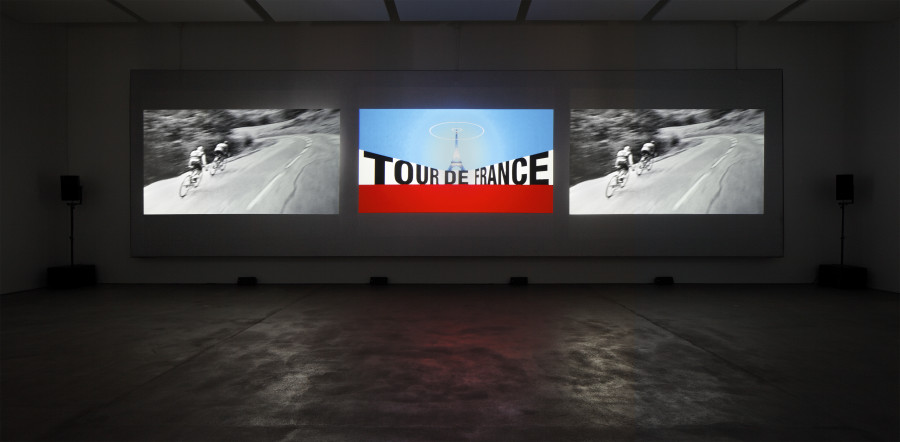
Kraftwerk, 3-D video installation – 1 2 3 4 5 6 7 8. Installation view Sprüth Magers Berlin,, 2013, © Photo: Timo Ohler. Copyright Kraftwerk, 2013. Courtesy Sprüth Magers Berlin London.
"It feels good to be part of the machine," Kraftwerk’s Ralf Hütter states in a statement about the exhibition. "It is a liberating feeling. For one thing because I, as an individual, take a back seat. We play the machines, and the machines play us."
Whether or not Hütter's poetic reasoning resonates is up to you. At the very least, machines allow us all to be artists of some sort, whether visual or musical, and that's nothing to scoff at.

Aleksandra Ekster, Venezia, 1915 © Archives Exter-Lissim, Association Alexandra Exter, Paris
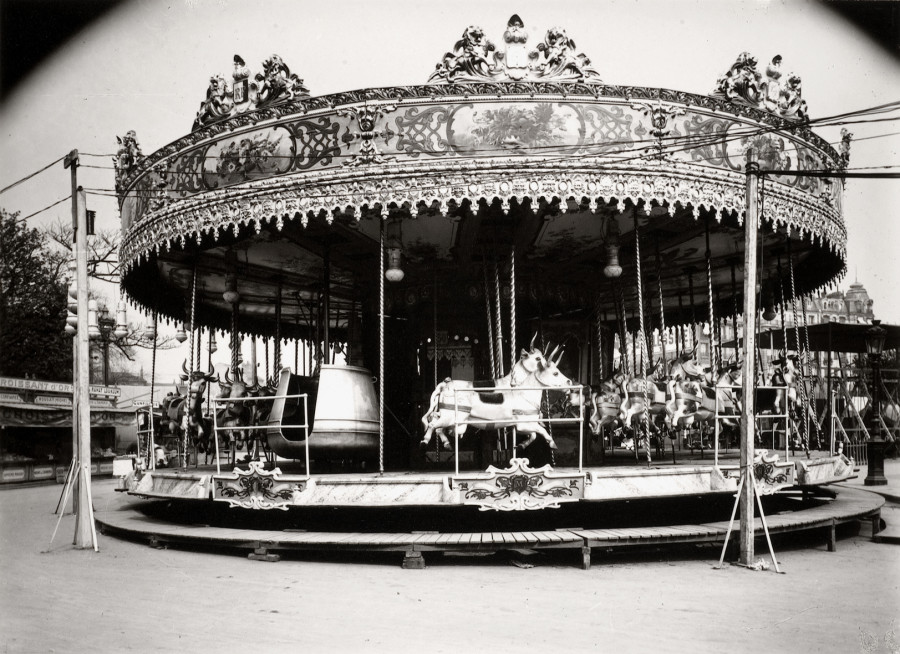
Eugène Atget, Foire, 1923/ca 1950 © Jean Eugène Auguste Atget

Kraftwerk, 3-D video installation – 1 2 3 4 5 6 7 8, Autobahn, 2013 © Copyright Kraftwerk, 2013. Courtesy Sprüth Magers Berlin London
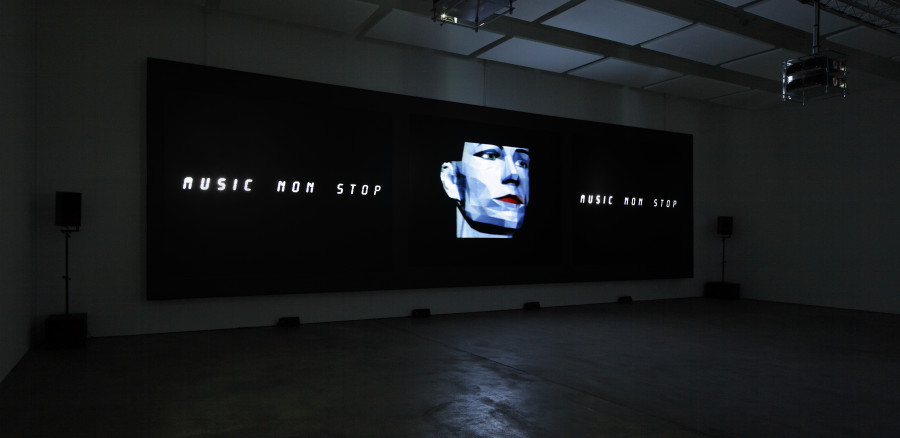
Kraftwerk, 3-D video installation – 1 2 3 4 5 6 7 8. Installation view Sprüth Magers Berlin,, 2013 © Photo: Timo Ohler. Copyright Kraftwerk, 2013. Courtesy Sprüth Magers Berlin London.
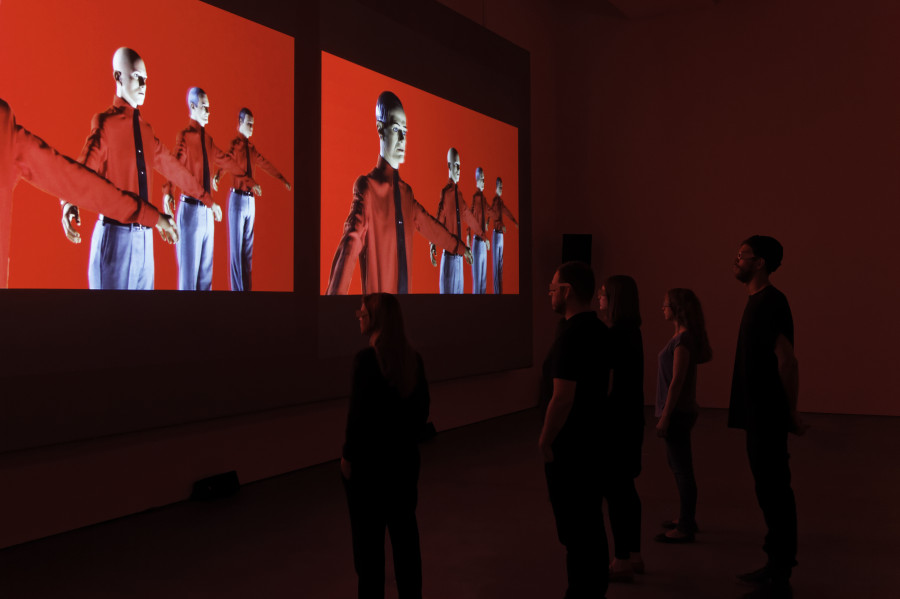
Kraftwerk, 3-D video installation – 1 2 3 4 5 6 7 8. Installation view Sprüth Magers Berlin,, 2013 © Photo: Timo Ohler. Copyright Kraftwerk, 2013. Courtesy Sprüth Magers Berlin London.
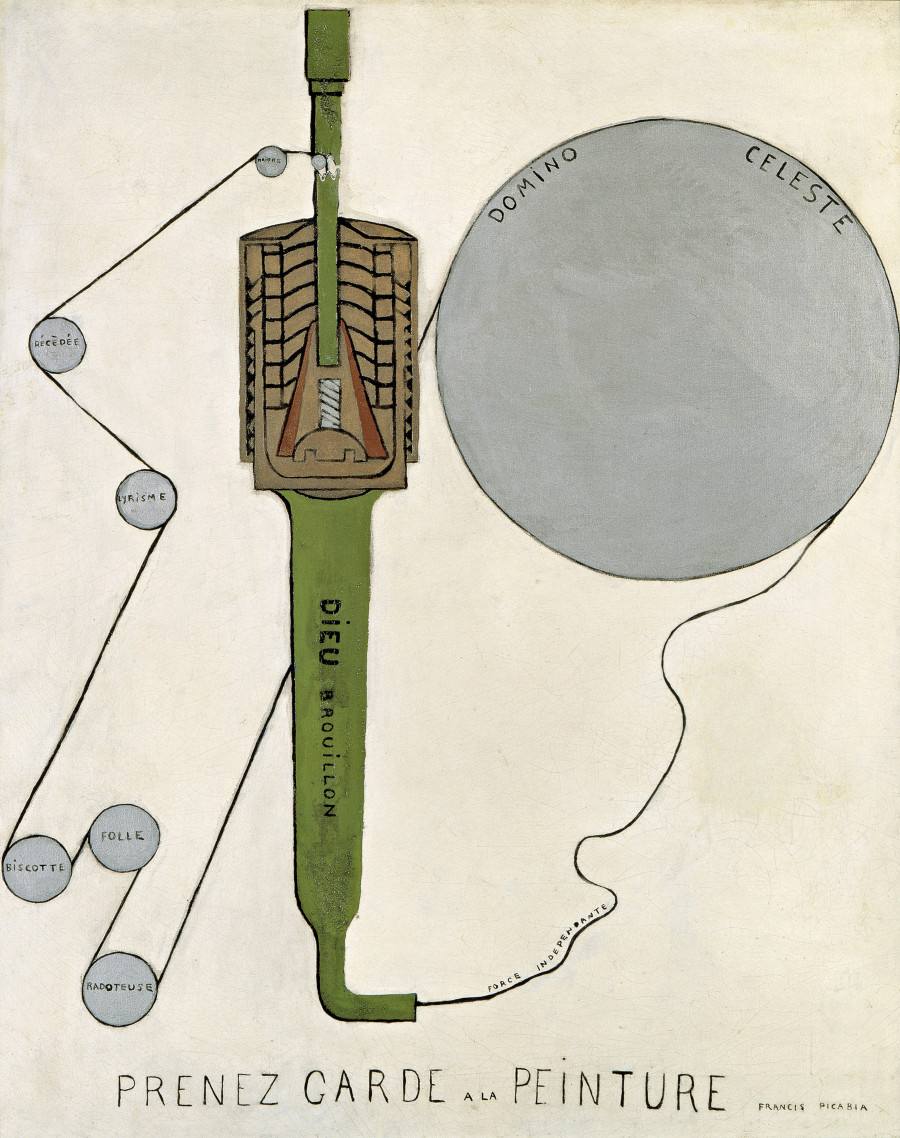
Francis Picabia, Prenez garde à la peinture© Francis Picabia/BUS 2013
"Dance Machines" runs until April 27, 2014 at Moderna Museet in Stockholm.